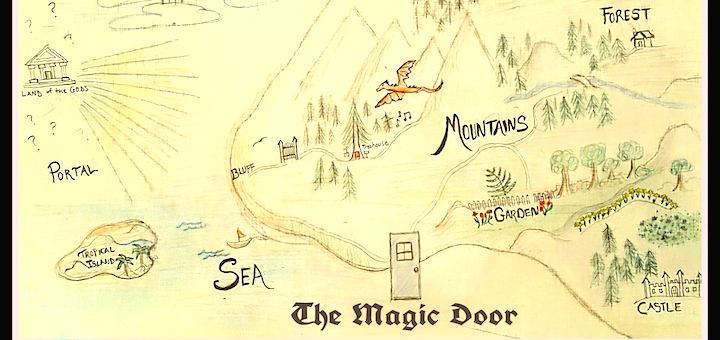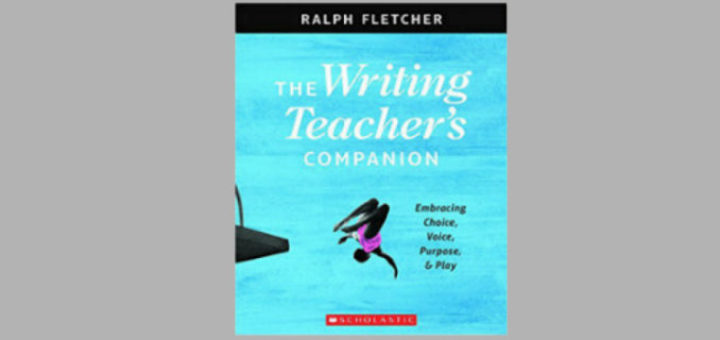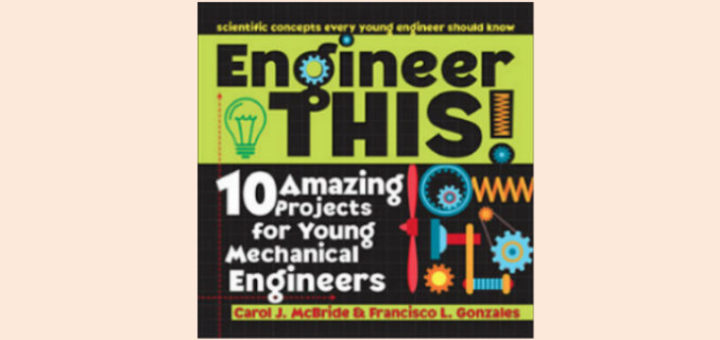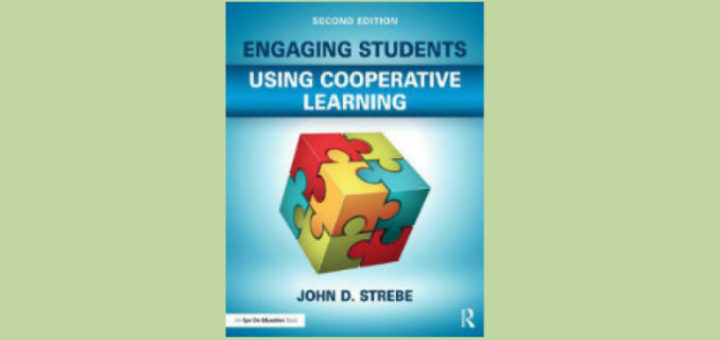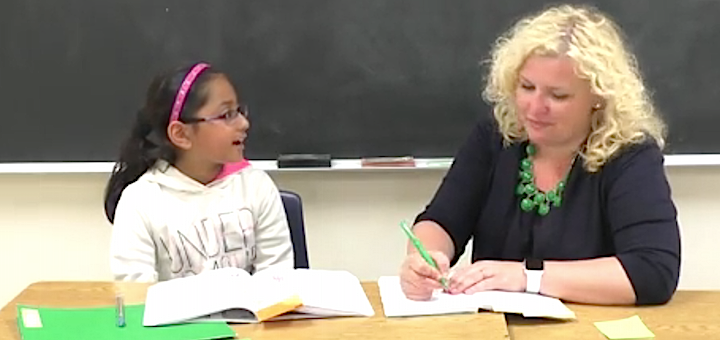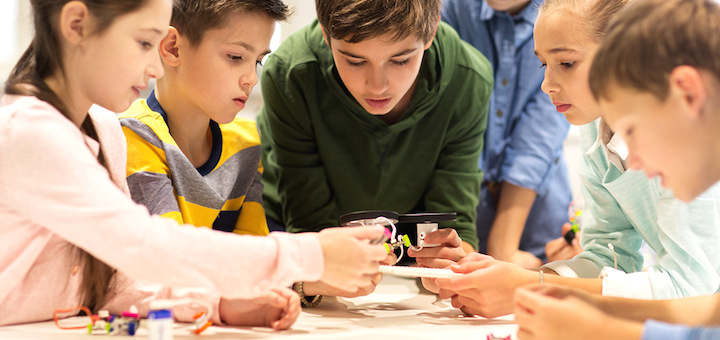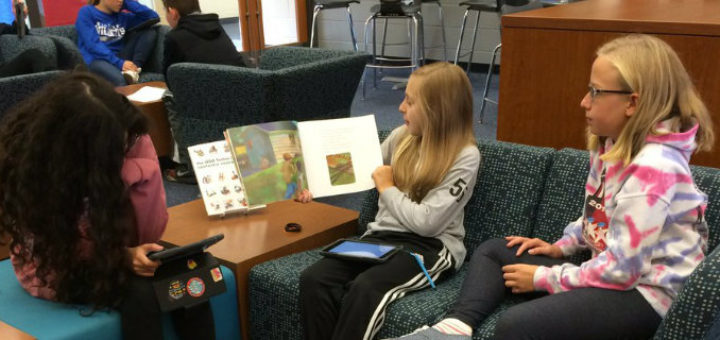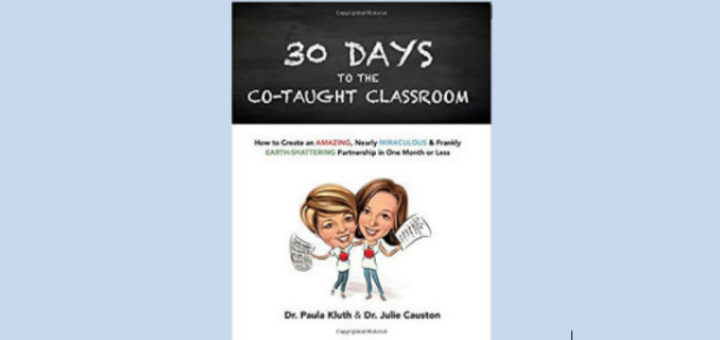Teaching and learning in grades 4-8
Maps and mapmaking can help bring visual “connector points” to ELA lessons, says teacher Kevin Hodgson, serving as writing prompts, aids in teaching novels, reflection/assessment tools, and more. Learn some of the ways he uses both digital and hand-drawn maps in class.
Teaching truly is a never-ending job. You can’t stop time, but there are simple strategies to help you save time and decrease stress. Rita Platt offers 10 ideas to help put yourself in a teaching sweet spot instead of constantly struggling in a frantic survival zone.
Ralph Fletcher’s approachable book offers useful, practical guidelines on how to implement effective writing teaching. ELA teacher Erin Corrigan-Smith notes his emphasis on choice, voice, purpose and play will help students enjoy the daily writing he recommends.
STEM engineering – in class or after school – can come alive when young students encounter the 10 projects in McBride and Gonzales’ Engineer This. Reviewer Linda Biondi expects students will gladly accept their mission to solve interesting problems in creative ways.
The strength of John Strebe’s book is that it offers practical solutions for teachers who want to better engage, allow for a collaborative culture, include student voice, and deepen student content knowledge. Rita Platt expects most will find his enthusiasm contagious.
Middle graders are unique, often unpredictable writers who are thirsty to refine their own personal voice. To help them succeed, literacy consultant Patty McGee recommends offering adolescent writers individual feedback that is present, empathetic, and choice-filled.
When science coach Kathy Renfrew agreed to fill in as a fourth grade science teacher, she got a centerfield view of the challenges faced by middle grades teachers in self-contained classrooms as they try to offer enriched, engaging, standards-based science lessons.
What’s one of the most fun ways to introduce students to a new science concept, a historical era, or a math idea? A picture book biography! NBCT and media specialist Christina Dorr suggests tying them to standards, using them as read alouds, or for individual student motivation.
This fall Michelle Russell implemented a new policy of assigning but not checking math homework, and then checking homework understanding with short quizzes. After 15 weeks of school, she’s ready to share the results so far. Learn her “good, bad, and ugly” findings.
Paula Kluth and Julie Causton offer a book that uses everyday language, is punctuated with wit and humor, and genuinely addresses many of the obstacles that face co-teachers in their real-world classrooms, says special education lead teacher Laura Von Staden.

